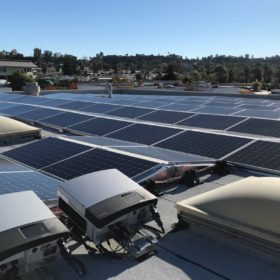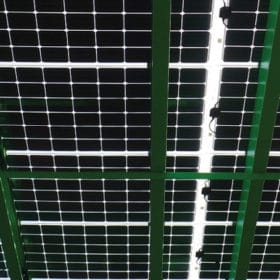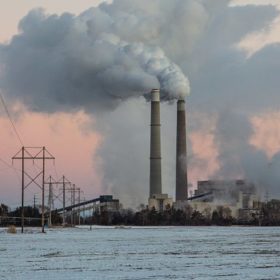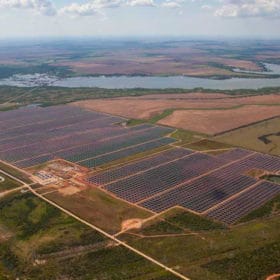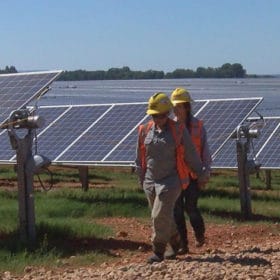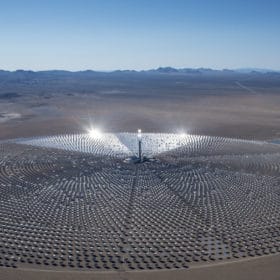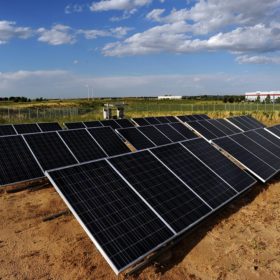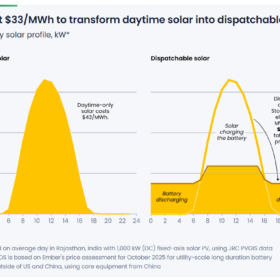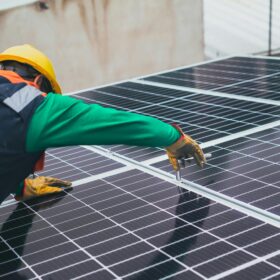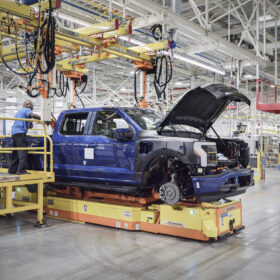Wells Fargo signs a huge renewable deal, Newlight Partners invests $150 million in solar developer: pvMB 10/23/19
Hello one and all and guess what? You’re reading a Hump Day MB. Today we’ll be looking at a solar advocacy group doing its job, PacifiCorp’s final IRP, the UC Irvine Engineers for a sustainable future event and more!
More than 230 U.S. mayors sign for ITC extension
More than 230 mayors across the country have joined in on signing SEIA’s letter urging congress to pass a 5-year extension to the 30% Federal Investment Tax Credit.
The effects of levying tariffs on bifacial modules remains unclear
In this op-ed for pv magazine, Tony Clifford, Chief Development Officer at Standard Solar breaks down the rammifications of the recent revoking of exemptions on bifacial solar modules from the Section 201 tariffs.
Coal lobby group drafted state utility commissioners’ letters to FERC
Emails show that the American Coalition for Clean Coal Electricity provided utility commissioners with a template letter to FERC – which some commissioners copied word-for-word.
Texas city suing Clearway to escape solar contract
The city of Georgetown, Texas is suing a subsidiary of Clearway, over allegations that the company withheld critical project performance details during contract renegotiations for the Buckthorn solar plant in late 2016.
Alabama sun tax challenged, 45 MW coming to Minnesota: pvMB 10/15/19
Hello one and all and welcome to this Tuesday’s pvMB. Today we’ve got in front of us a neat solar-powered, three-wheeled EV, Iowa Man yelling at the wind and sun, Duke installing 5 MW battery and more!
Huawei faces three more Solaredge lawsuits
Inverter manufacturer Solaredge has filed three additional patent infringement lawsuits against its competitor, Huawei, in China. This comes after three similar legal actions against Huawei that had been undertaken by Solaredge in Germany last summer. While Huawei has decided not to comment on the matter, the Chinese manufacturer revealed that it had filed three patent litigation claims against Solaredge at a Chinese court this May.
Will DOE take the Crescent Dunes solar project into bankruptcy?
Amidst operational problems and a terminated power contract, a lawsuit by developer SolarReserve warns that a DOE takeover of the project could push it into bankruptcy.
240 MW project at steel mill moves forward in Co., Vivint solar under securities fraud investigation: pvMB 10/2/19
Hello one and all to the midweek MB! Today we’ll be looking at a FirstEnergy RFP in Ohio, Illinois Office of Energy supporting a university solar + storage project and more!
Feds find Tesla violated labor laws
Administrative Law Judge Amita Baman Tracy has found the company and CEO Elon Musk in violation of the National Labor Relations Act over tweets regarding employee unionization.
